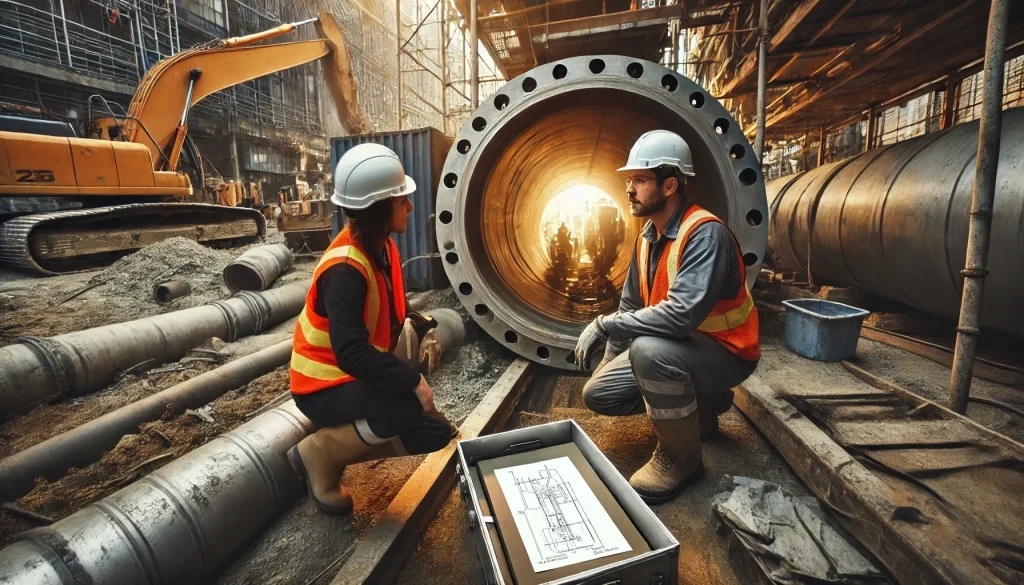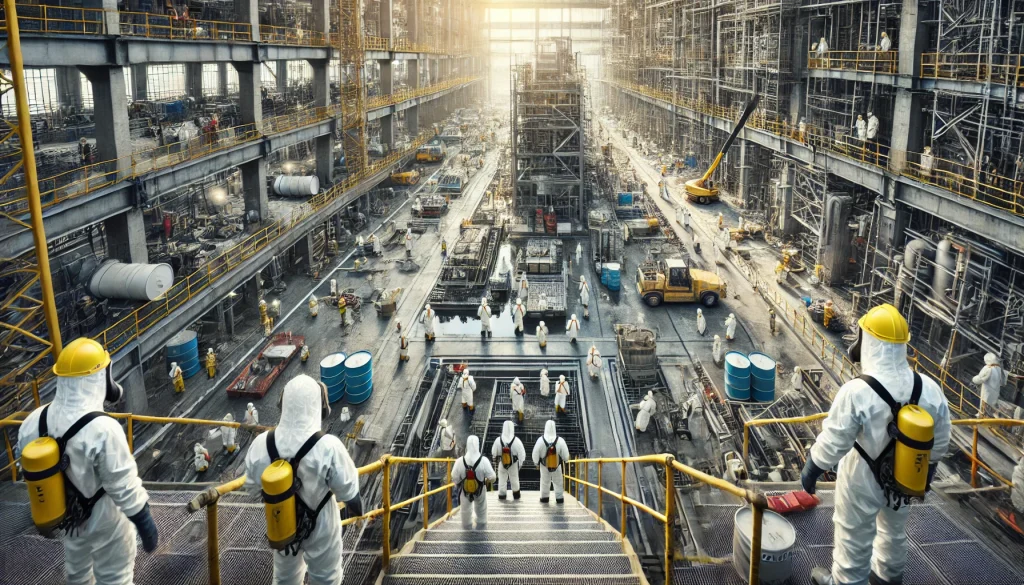Confined Space Construction Requirements

What is the OSHA Standard for Confined Spaces in Construction?
The final ruling for Confined Spaces in Construction was issued in May 2015. This standard, known as OSHA Confined Space Standard 1926, is codified under 29 CFR 1926, Subpart AA. It covers essential requirements such as air monitoring, construction-specific protocols, and the designation of a Competent Person for confined spaces.
What Does OSHA Say About Confined Spaces?
OSHA mandates that construction workers in confined spaces receive the same level of safety as workers in other industries. This rule emphasizes the need for proper planning, continuous evaluation, and comprehensive training.
Planning, Evaluation, and Training
OSHA estimates that the Confined Space Standard could prevent 780 serious injuries and save five lives each year. Tragically, had this rule been in place before 2015, it could have saved the lives of two workers in Georgetown, Idaho.
In that incident, a worker applying an aerosol sealant in a manhole was overcome by fumes and fell into the water. The site superintendent attempted a rescue but was also affected by the fumes. Another worker left the site to call for help, but the volunteer who arrived could not complete the rescue due to a faulty mask. EMTs arrived 45 minutes later, but neither worker survived.
With proper planning, ventilation, and rescue training, those workers might still be alive. Although the current OSHA Confined Space Construction Standard can’t undo the past, it can prevent future tragedies.
Requirements in the Confined Space Standard for Construction
The rule provides protections specific to the construction industry, which is unique in its evolving nature. Unlike general industry, construction sites change as work progresses. The number and type of confined spaces can vary, making continuous worksite evaluation essential.
A key requirement is the designation of a “competent person” to conduct the initial jobsite evaluation. This differs from general industry standards, which do not specify who must perform this task. In construction, having a Competent Person is critical for ensuring safety.
For example, Titan Consultants deploys qualified Site Safety and Health Officers (SSHOs) who are certified through our online Confined Space course. If a project involves confined space work, the Prime contractor will often require the SSHO to have this certification.
OSHA Confined Space Air Monitoring Requirements
Air monitoring is another crucial aspect of the standard. Employers must continuously monitor for air contaminants and engulfment hazards. If continuous monitoring technology isn’t available, periodic checks are required.
The standard also demands that employers coordinate with emergency services before any confined space entry. During “controlled atmosphere” entry, physical hazards must be isolated rather than eliminated. This requirement aligns with general industry rules but is specifically clarified for construction.





